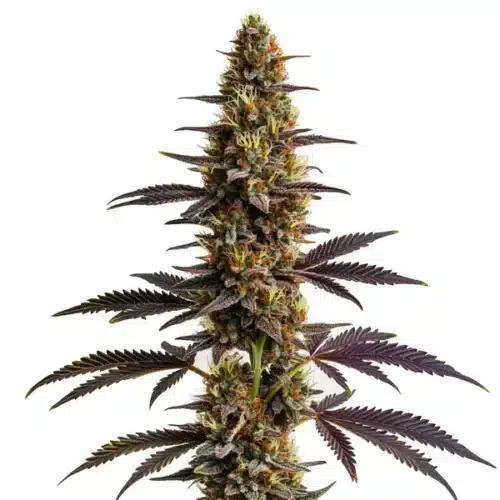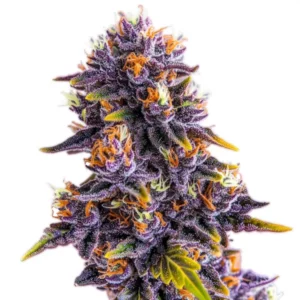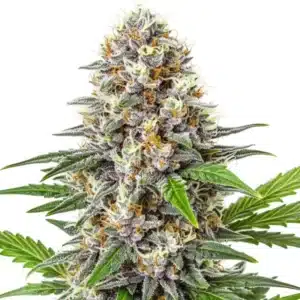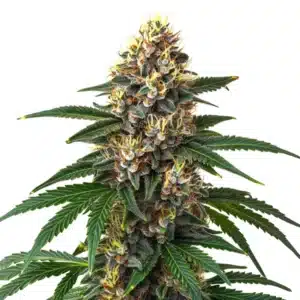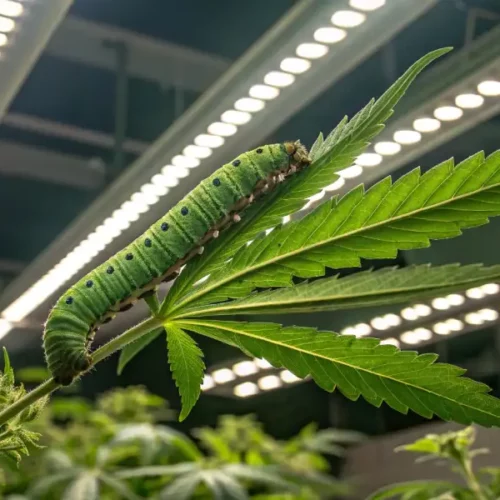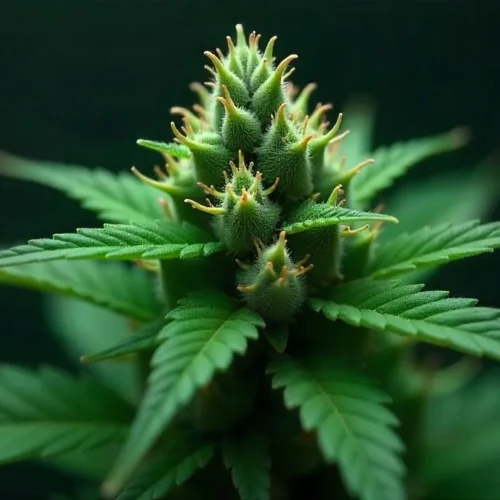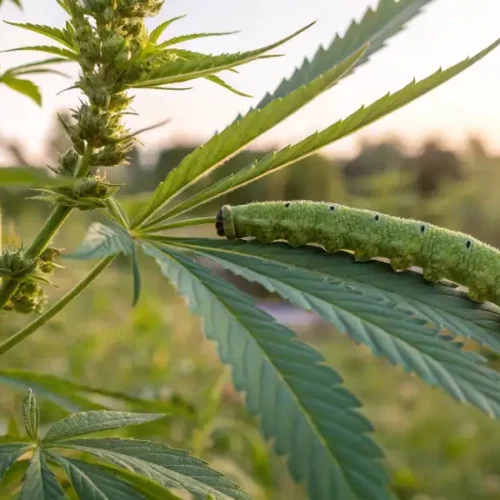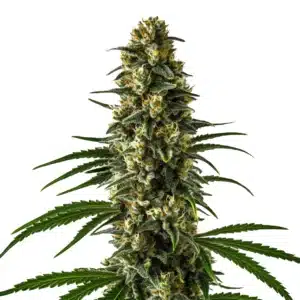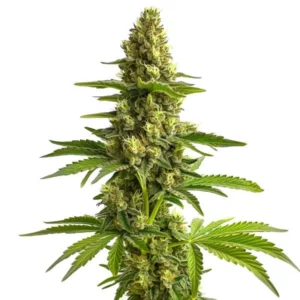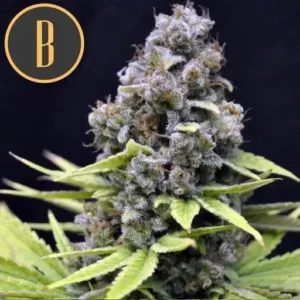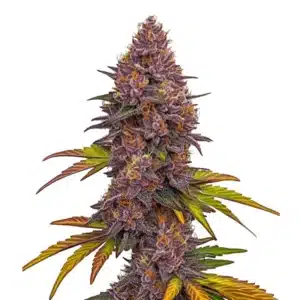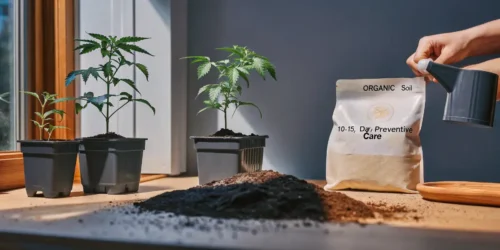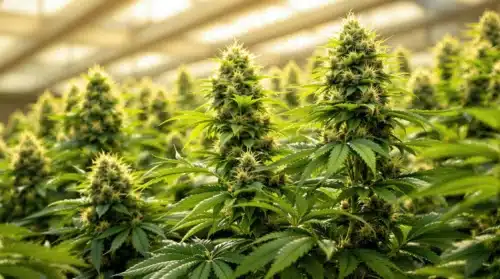When it comes to cultivating cannabis, maintaining the perfect environment is everything. The best dehumidifier for grow room setups isn’t just an accessory, it’s a necessity for keeping mold, mildew, and other plant health threats at bay. Whether you’re just getting started or looking to optimize your grow room, choosing the right dehumidifier can make a significant difference in your yield and plant quality. Let’s dive into why you need one, and how to pick the perfect unit for your needs.
Best Dehumidifier for Grow Room
If you’ve struggled with keeping your grow room humidity under control, you’re not alone. High humidity levels can wreak havoc on cannabis plants, especially in the flowering stage when mold and mildew become real threats. The best dehumidifier for grow room environments ensures that excess moisture is efficiently removed, creating a healthier, more manageable growing space.
Recommended Strains
Platinum Cookies
 THC: 19 - 24%
THC: 19 - 24% Type of seed: Feminized
Type of seed: Feminized Phenotype: Mostly Indica
Phenotype: Mostly Indica Day to flower: 8 - 9 weeks
Day to flower: 8 - 9 weeks
Bubba Platinum
 THC: 20 - 25%
THC: 20 - 25% Type of seed: Feminized
Type of seed: Feminized Phenotype: Mostly Indica
Phenotype: Mostly Indica Day to flower: 8 - 9 weeks
Day to flower: 8 - 9 weeks
Why Is a Dehumidifier Important in a Grow Room?
Cannabis plants, much like any other living organism, thrive under specific conditions. During the vegetative stage, they enjoy higher humidity levels, but once flowering begins, humidity needs to be carefully controlled. High humidity can lead to mold and mildew, which can quickly ruin your entire harvest.
A dehumidifier in your grow room removes the excess moisture, helping to create a more balanced environment. Without this essential piece of equipment, you run the risk of your buds developing mold, something no grower wants to deal with. Moldy buds aren’t just a nuisance; they can render an entire crop unusable, wasting your time, effort, and money.
Benefits of Using a Dehumidifier for Cannabis Cultivation
Using the best dehumidifier for grow room setups offers a lot more than simply preventing mold. It helps your plants focus their energy on growing thick, healthy buds rather than defending against environmental stress. By controlling the moisture levels, you’re ensuring that your cannabis gets everything it needs without the threats that excessive humidity can bring.
Moreover, dehumidifiers improve air circulation in the grow room. The consistent removal of moisture means your plants are less likely to suffer from issues like root rot or nutrient uptake problems. By fostering a stable environment, you promote stronger, healthier growth that results in a superior final product.
Promos & Deals
Key Features to Look for in a Grow Room Dehumidifier
Picking the best dehumidifier for grow room environments involves considering several features to match your needs precisely. Not every dehumidifier is created equal, and it’s crucial to choose one that complements your growing space.
Capacity and Coverage Area
One of the first things you need to consider is the dehumidifier’s capacity and coverage area. A small dehumidifier might work well for a compact grow tent, but a larger grow room will require a unit with greater capacity. Most dehumidifiers are rated by the number of pints of moisture they can remove in a day. To determine what you need, consider the size of your grow space and the ambient humidity levels.
If your grow room is larger, a more robust dehumidifier will be necessary to keep moisture levels in check. Choosing a dehumidifier with a slightly higher capacity than you need can ensure that it doesn’t have to run continuously, which can also help save on electricity costs.
Energy Efficiency and Noise Levels
Energy efficiency is another important factor to consider. Running a grow room can already be energy-intensive, with lights, fans, and other equipment in constant use. The best dehumidifier for grow room environments should be energy-efficient to keep utility bills from skyrocketing. Look for units with Energy Star ratings, as these are designed to use less power without sacrificing performance.
Noise levels are another consideration. Grow rooms are usually running 24/7, and a loud dehumidifier can be an annoyance, especially if your grow setup is in your home. Units with quieter fans or night mode settings can help you maintain a peaceful environment while still getting the job done.
Humidity Control and Automation
The best dehumidifier for grow room setups will also come with precise humidity control and automation features. Look for units that let you set a target humidity range so the dehumidifier automatically turns on or off to maintain your desired conditions. This feature is not only convenient but crucial for maintaining the optimal environment for each growth stage of your cannabis.
Automation can make a massive difference, especially if you’re not always around to check on your grow room. Some models even come with smartphone compatibility, allowing you to monitor and adjust humidity levels from anywhere, which is incredibly handy for busy growers.

How to Choose the Right Dehumidifier for Your Grow Room
Choosing the best dehumidifier for grow room environments means considering your grow room size and specific requirements. Each grow space is unique, and what works for one grower might not work for another.
Calculating the Ideal Dehumidification Capacity
The first step in choosing the right dehumidifier is calculating how much moisture you need to remove from your grow room. Factors such as the number of plants, the overall size of the grow space, and the ambient humidity levels all come into play. More plants mean more transpiration, which increases humidity levels, so your dehumidifier needs to be powerful enough to manage that load.
It’s always better to err on the side of a slightly larger dehumidifier than a smaller one. A more powerful dehumidifier will work less strenuously, prolonging its life and ensuring that you don’t end up with moisture issues during critical growth stages.
Matching the Dehumidifier to Your Grow Room Size
A compact grow tent requires a different dehumidifier than a spacious grow room. The best dehumidifier for grow room use should be properly matched to the square footage of your space. Manufacturers typically provide guidelines on the coverage area, which can help you make an informed choice.
For smaller grow rooms, a unit capable of removing 20-30 pints per day is generally sufficient. For larger spaces, you may need a dehumidifier capable of extracting 50-70 pints or more. Matching the capacity to your grow room size ensures that humidity is managed effectively, keeping your cannabis plants comfortable and thriving.
Placement Tips for Dehumidifiers in Grow Rooms
To get the best performance from the best dehumidifier for grow room use, proper placement is key. Where you place the dehumidifier can significantly impact its efficiency.
Where to Place Your Dehumidifier for Maximum Effectiveness
Positioning your dehumidifier in the right spot is crucial for ensuring that all areas of your grow room receive balanced humidity levels. Ideally, the dehumidifier should be placed centrally, away from walls and obstacles that could block airflow. This helps the unit draw in air from all corners of the grow space, ensuring even humidity reduction.
For larger grow rooms, consider using multiple dehumidifiers to evenly cover the space. This approach can be particularly useful if you have a layout that creates pockets of higher humidity. By positioning dehumidifiers strategically, you ensure consistent coverage, helping to keep all your cannabis plants healthy.
Avoiding Common Mistakes in Dehumidifier Placement
One of the most frequent errors growers make is placing their dehumidifier too close to walls or in tight corners. This limits airflow and makes the unit work harder to reduce humidity, which can decrease its efficiency over time. Ensure there’s at least a foot of space around the dehumidifier so air can circulate freely.
Another tip is to position the dehumidifier close to a power source but away from sensitive areas like water reservoirs. Dehumidifiers need regular power, and minimizing the distance to outlets can reduce the risk of tripping over cords or accidental disconnections.
Maintaining Your Dehumidifier in a Grow Room
To keep the best dehumidifier for grow room use functioning effectively, regular maintenance is essential. Just like any other piece of equipment in your grow room, a dehumidifier needs upkeep to operate at peak performance.
How to Clean and Service Your Dehumidifier
Cleaning your dehumidifier is a straightforward but critical part of keeping it functional. Over time, dust and debris can accumulate in the unit, reducing its efficiency. Regularly cleaning the filter is one of the most important tasks. Depending on usage, clean the filter every two to four weeks. Most units have washable filters, making it easy to keep them free of blockages.
The water reservoir also needs regular attention. Mold and bacteria can quickly develop in stagnant water, so empty the tank frequently and clean it with a mild detergent. Some models also come with continuous drainage options, which can save you the hassle of manually emptying the tank.
Signs Your Dehumidifier Needs Maintenance
A noticeable decline in performance can indicate that your dehumidifier needs maintenance. If you find that humidity levels aren’t dropping as expected, it could be due to a dirty filter, a blocked drainage system, or even wear on the internal components. Keep an ear out for unusual noises as well, as these often signal a need for servicing.
Maintaining your dehumidifier ensures that it continues to keep your grow room environment at optimal conditions, allowing your cannabis plants to grow without the stress of fluctuating humidity.
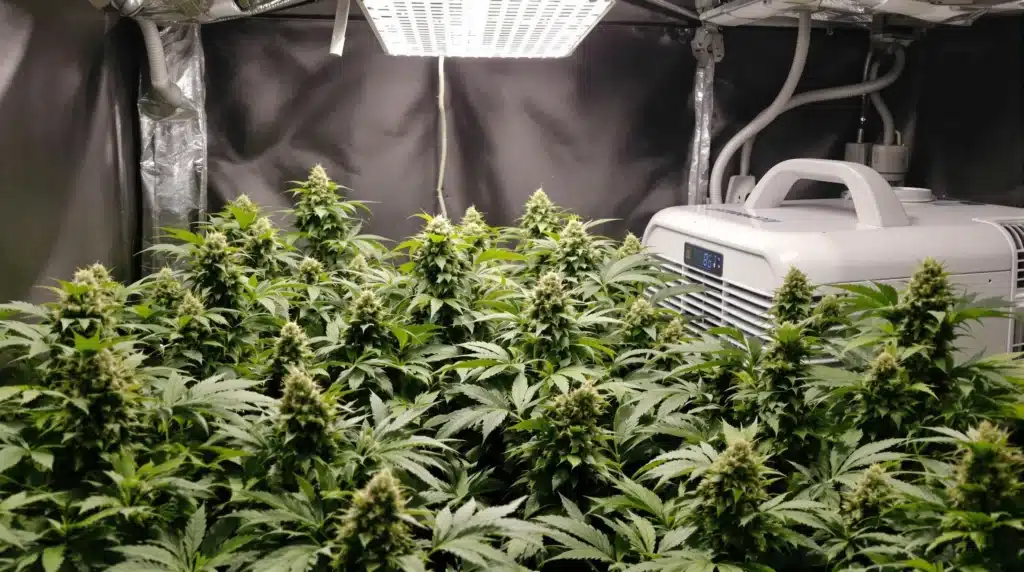
FAQs
How Often Should I Run My Dehumidifier in a Grow Room?
The frequency depends on your grow room’s humidity levels. During the flowering stage, when humidity must be kept low, you may need to run your dehumidifier continuously. Monitoring with a hygrometer will help you determine the right balance.
Can I Use a Home Dehumidifier for My Grow Room?
While a home dehumidifier can work, the best dehumidifier for grow room setups are typically more robust and better suited for continuous use. Grow room-specific dehumidifiers often come with features like better humidity control and enhanced efficiency to meet the needs of cannabis cultivation.
What Humidity Level Should I Aim for in My Grow Room?
During the vegetative stage, aim for a humidity level between 50-70%. During the flowering stage, lower it to 40-50% to avoid mold. The best dehumidifier for grow room use will allow you to maintain these levels consistently.
Are There Dehumidifiers That Automatically Adjust to Humidity Levels?
Yes, many high-quality dehumidifiers come with built-in hygrometers that allow them to automatically adjust operation based on the current humidity level. This feature is extremely helpful for busy growers who want peace of mind.
How Can I Increase the Efficiency of My Dehumidifier?
To get the most out of the best dehumidifier for grow room use, ensure proper placement, regular maintenance, and correct sizing for your space. Also, using fans to circulate air can help distribute humidity evenly, making the dehumidifier’s job easier.

